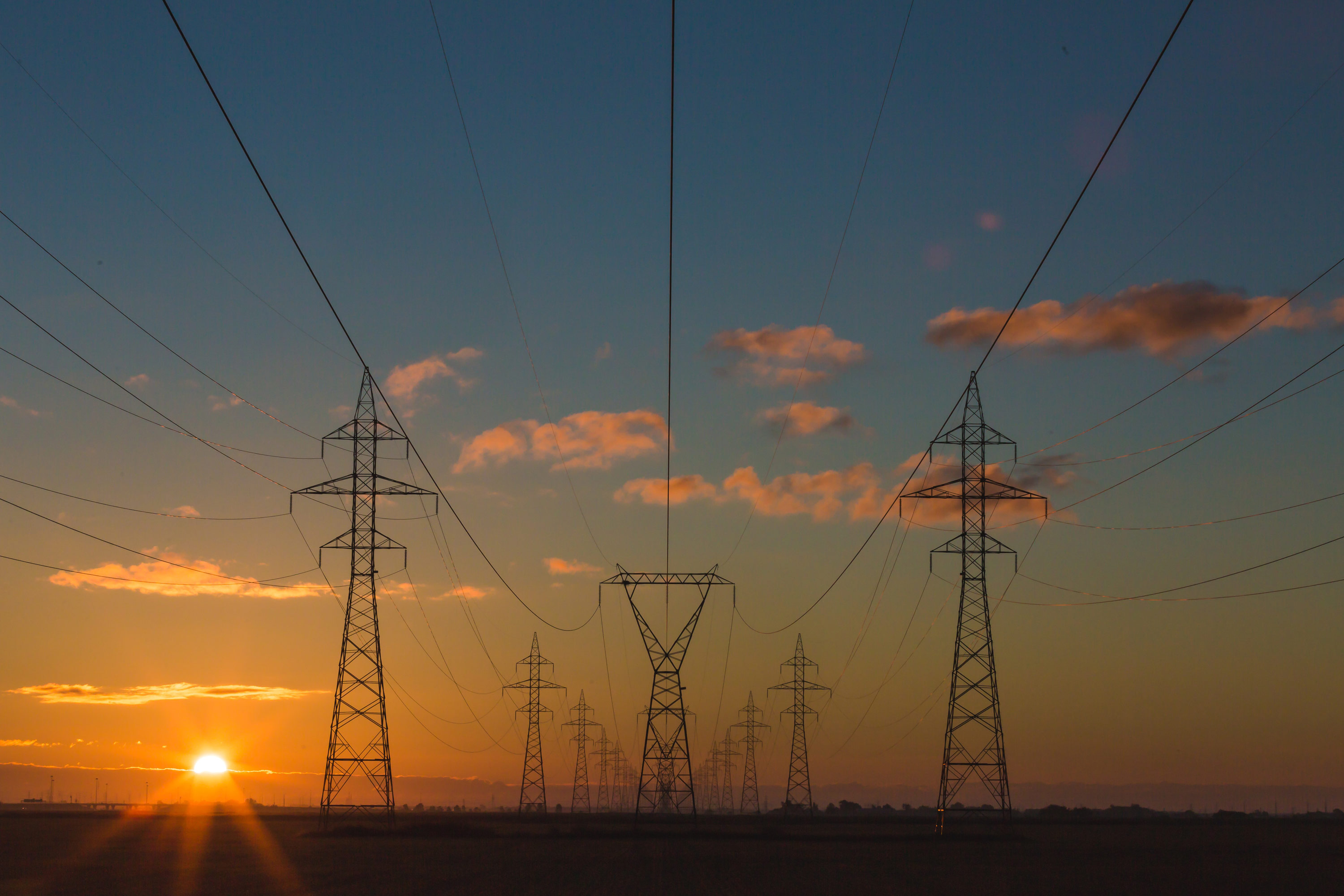
Throughout history, technology has developed an uncanny habit of transforming whole industries within the blink of an eye. When it does, new opportunities emerge as quickly as obsolete methods are eclipsed.
Today’s energy sector is no exception, though the stakes are much higher as rising CO2 levels turn the need to embrace renewable energy into an urgent global challenge. Advances in home energy management, energy storage, connectivity and grid technology are not only blowing up the old business models of utilities and their suppliers, but fundamentally reordering the nature of their relationship with customers.
Meanwhile, digital technology breakthroughs in big data analysis, the Internet of Things (IoT) and artificial intelligence are enabling the development of new ways to boost energy efficiency and security, as well as new services.
The PV-plus-storage revolution
The first good example of how technology is shaking up the energy equation is in the adoption of domestic photovoltaic (PV) solar power and storage. The combination of these technologies is enabling customers to produce their own electricity and use it to integrate electric vehicle (EV) charging facilities, as well as power their homes – reducing the need to rely on utility companies.
On the one hand, this home-generated energy is enabling, and perhaps accelerating, the broad adoption of plug-in electric and hybrid vehicles among consumers. On the other, its adoption could diminish returns on the large capital investments that energy companies are making in street-side, underground or service station charging facilities.
It is also creating a distributed power revolution where households are producing so much of their own electricity through PV and behind-the-meter batteries that considerable excess capacity is being returned to the grid.
Surplus home-generated electricity is quickly becoming a permanent feature of the new energy landscape in which utilities will need to operate. In countries including the US and the UK, utilities may soon be required by law to buy back surplus energy from their customers.
But distributed energy generation and the related advances in connectivity could prove valuable to utilities in the long run, as they strive to meet rising global energy demand. Global energy consumption is expected to grow by more than 40% over the next 25 years, and in some parts of the world demand could exceed 100%. The ability to efficiently reallocate electricity to satisfy this demand could become an important area of competition for energy operators.
Big Data, AI and IoT
As competition for resources increases, cost pressures are likely to place an important premium on energy efficiency within the industry. And technology will play a huge role in achieving this.
For example, improvements in connectivity that allow households to feed energy into the grid are generating huge amounts of data. Computers can analyse this data and provide energy utilities with valuable insights into customer behaviour. Providers can then target consumers with new services or products that improve customer experiences. The data that is collected can also be used to optimise energy resources and consumption.
Applying AI to big data is increasingly able to uncover unusual patterns of usage that can provide actionable insights, allowing energy providers to better model and accurately predict behaviour and future energy requirements. Advertisers can even use AI to target customers more effectively to promote client services.
Efficiency drive and the role of M&A
The need for more secure and efficient use of energy is also driving the adoption of IoT, which has applications in the provision and monitoring of energy systems. IoT enables energy suppliers, including home energy generators, to monitor system and individual component performance in real time with great accuracy. The ability to predict when a component is likely to fail is vital for determining when to schedule maintenance or component replacement. By addressing potential issues before they become problems, IoT-enabled energy systems can help ensure a stable and reliable flow of low-cost energy for industry and consumers.
It should come as no surprise that in this highly charged, technology-driven environment, energy businesses including utilities and oil and gas majors are active in M&A as a way to stay ahead of the game. Increasingly, however, they are not alone, as private equity, investment fund managers and technology firms also look to invest, partner or acquire the developers of these technologies. What is certain is that as digitisation takes centre stage in the energy sector, we can expect cross-border M&A to become an even more prominent feature of this landscape.
Lorem ipsum dolor sit amet, consectetur adipiscing elit

These Stories on M&A
Europe HQ: Aldgate House, 33 Aldgate High Street, London, EC3N 1AH
Tel: +44 (0) 20 7100 9680
Americas HQ: Nomad Tower, 1250 Broadway, New York, NY 10001
Tel: +1 (800) 916-9858
Asia HQ: 33 Lockhart Road, 19/F, Wan Chai, Hong Kong
Tel: +852 3105 8263
Enquiries: enquiries@sterlingvdr.com
Support: support@sterlingvdr.com